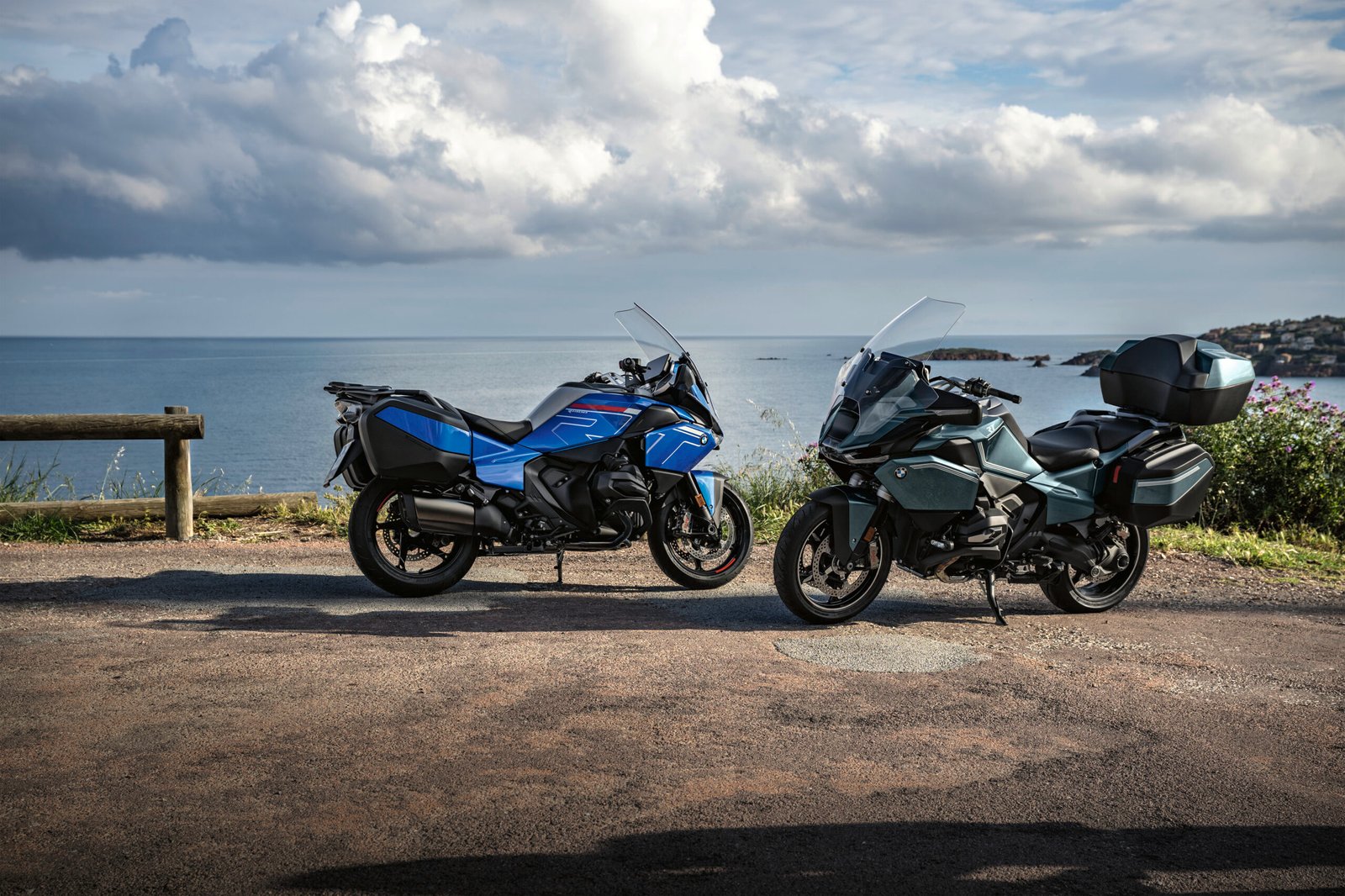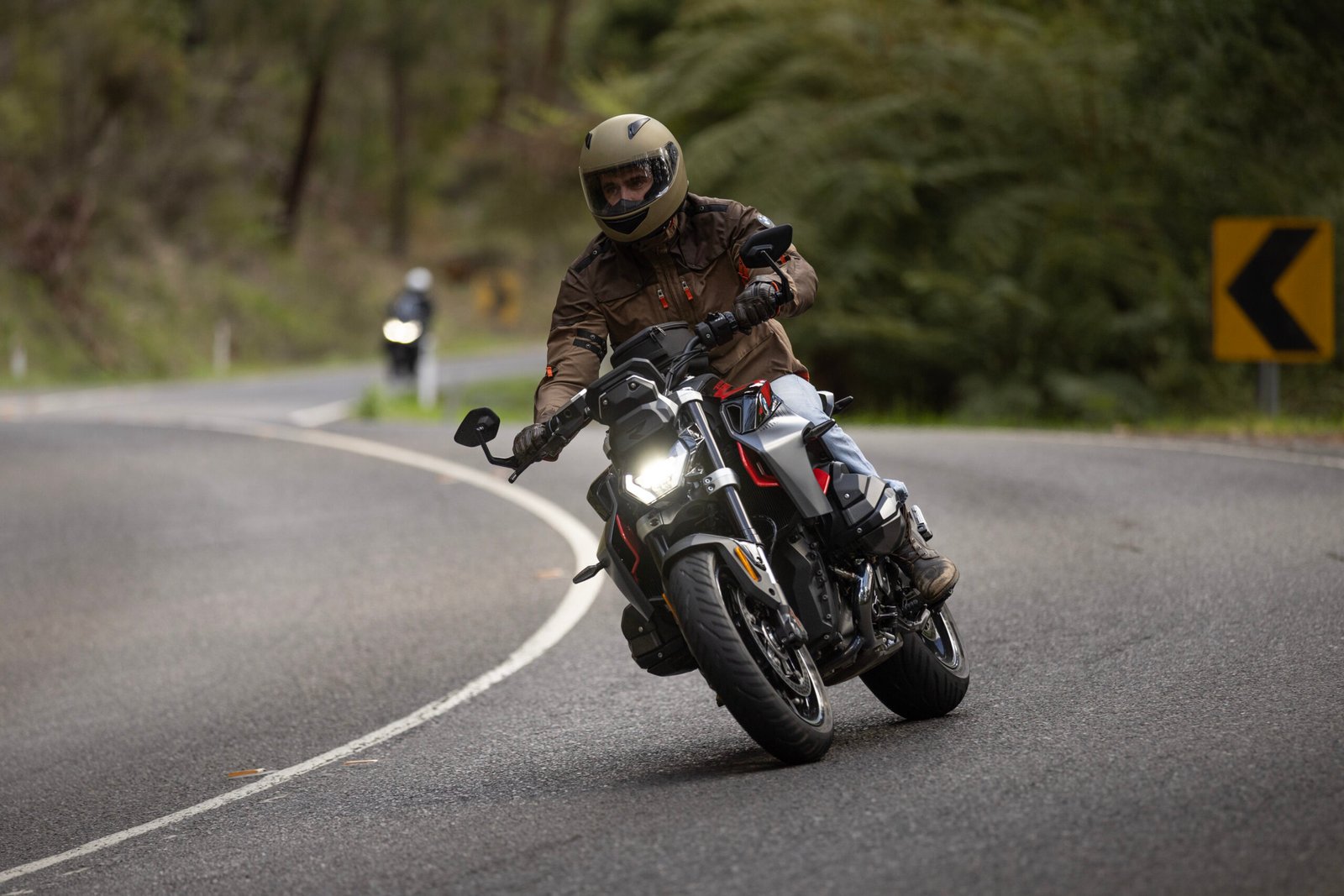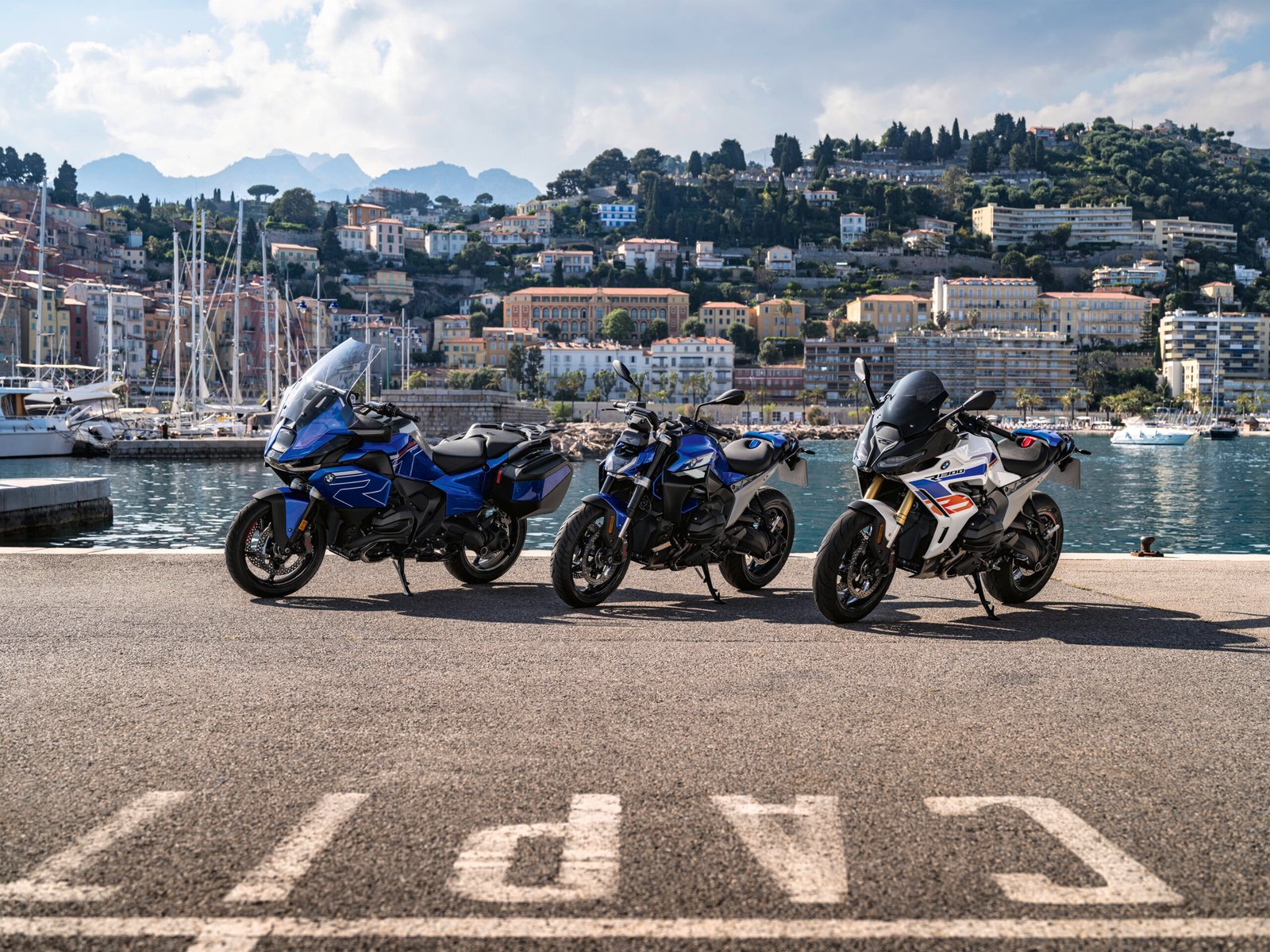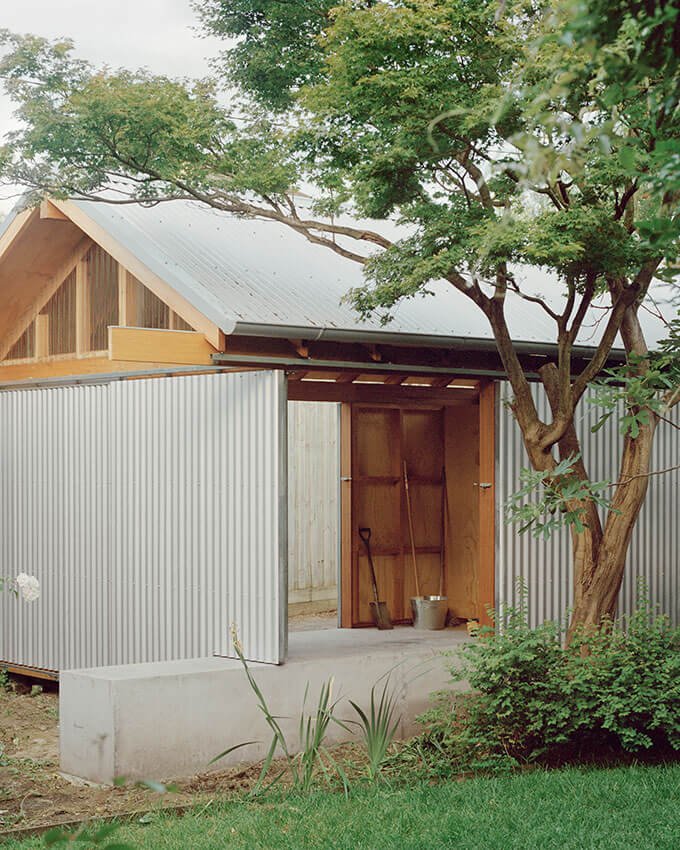BMW has a long and decorated history in touring motorcycles. For decades, the brand has quietly perfected the art of comfort, control, and composure on two wheels. From the R 100 RT of the late seventies to the R 1250 RT that bowed out only recently, these bikes have defined the idea of going far without fuss. They’ve carried diplomats and daydreamers alike, all while humming along with that signature boxer rhythm that never seems to age.
Yet in the noise of the modern motorcycle market, it’s easy to forget that BMW still makes one of the best touring bikes on the planet. The GS has dominated headlines for years, its adventure narrative playing out across deserts and Instagram feeds. The irony, of course, is that most of us ride on sealed roads. The same blacktop where BMW’s touring bikes have always been at their most brilliant.
Which is why I was quietly excited to receive an invite to the launch of BMW’s new R 1300 range. Three bikes, one engine: the R 1300 RT, the R 1300 RS, and the R 1300 R. At first, it sounded like an exercise in fine-tuning, a sequel rather than a revolution. But over two days riding through the Yarra Ranges and up to Marysville, it became clear that BMW has rewritten more than just the script.
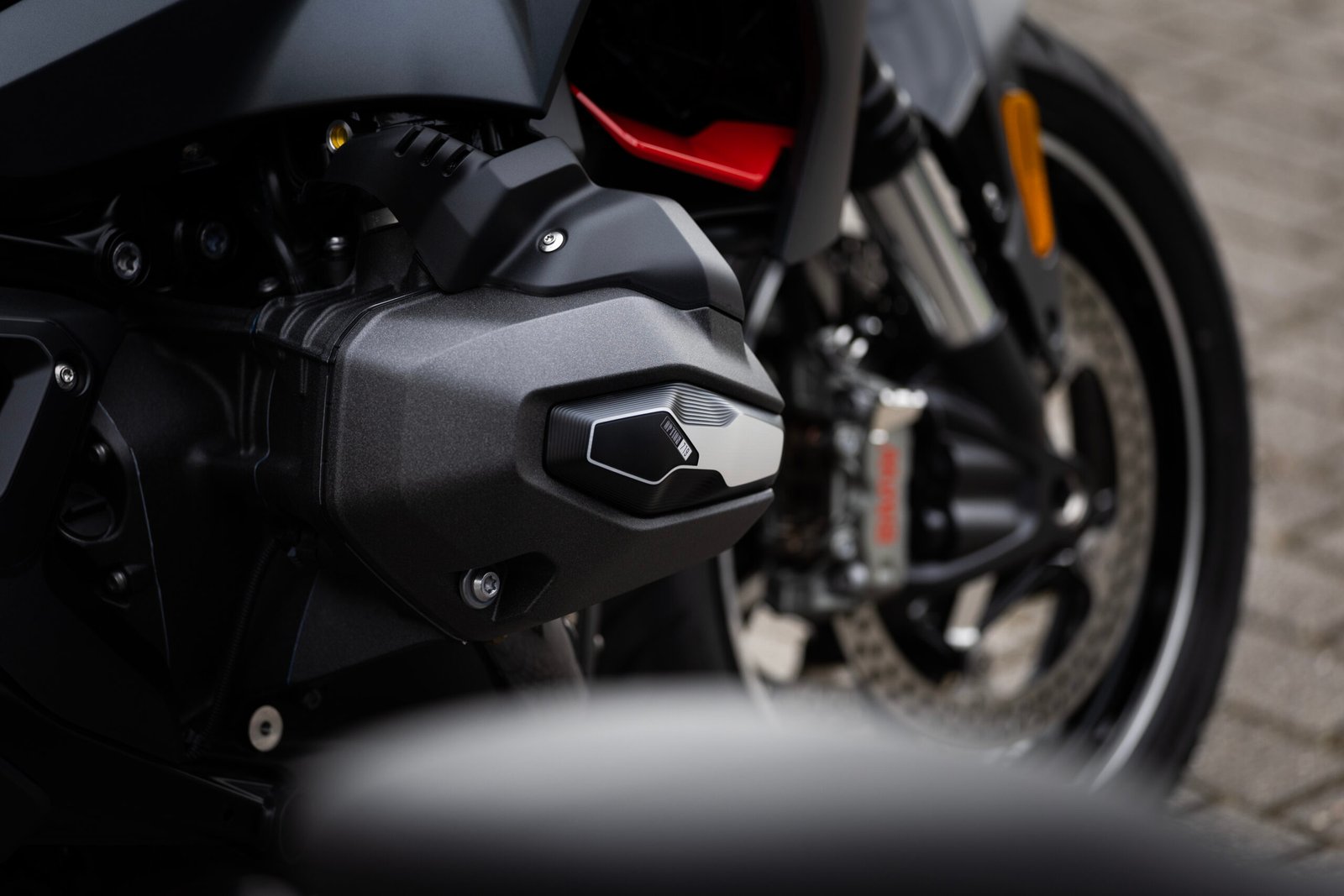
The morning began at BMW’s Australian headquarters in Mulgrave. The lineup stood in perfect symmetry, three models angled toward the light like actors on their mark. The RT looked the part of the old-school movie star, confident and composed. The RS stood beside it, sportier, its fairing giving it a leaner, more athletic profile. The R, stripped back and muscular, looked like it was already bored of the photo call and just wanted to get going.
Up close, the differences were striking. The RT is the grand tourer in every sense: a broad front fairing, electronically adjustable windscreen, 10.25-inch TFT display, and heated everything. Even the luggage system is electrified and adjustable in volume. You sit in it rather than on it, the seat a soft cradle designed for long days. It’s fitted with BMW’s new Dynamic ESA, which automatically adjusts damping and load, and the latest iteration of the Telelever Evo front suspension.
The RS sits between worlds. It wears just enough fairing to offer protection without losing the intimacy of a roadster. Its ergonomics lean slightly forward, sporty but still comfortable, with a clear focus on balance. The R feels completely different again. It’s the purist of the three, a bare-knuckle expression of BMW’s boxer formula. No unnecessary bodywork, no distractions, just that engine on display.

BMW’s team walked us through the new platform. The 1300cc twin is physically smaller, lighter, and produces 145 horsepower with 149 newton metres of torque. The gearbox now sits beneath the engine, lowering the centre of gravity further, and the aluminium frame has been redesigned to improve stiffness and steering response. “It’s not an update,” one of the team explained. “It’s a total reset.”
And then there’s the Automated Shift Assistant (ASA), BMW’s new clutchless transmission. You can ride fully automatic or flick through the gears yourself with quick, seamless inputs. It’s available across the range, but a few of the bikes at the launch were already fitted with it. I was sceptical at first. A clutchless BMW felt like a philosophical shift as much as a mechanical one.
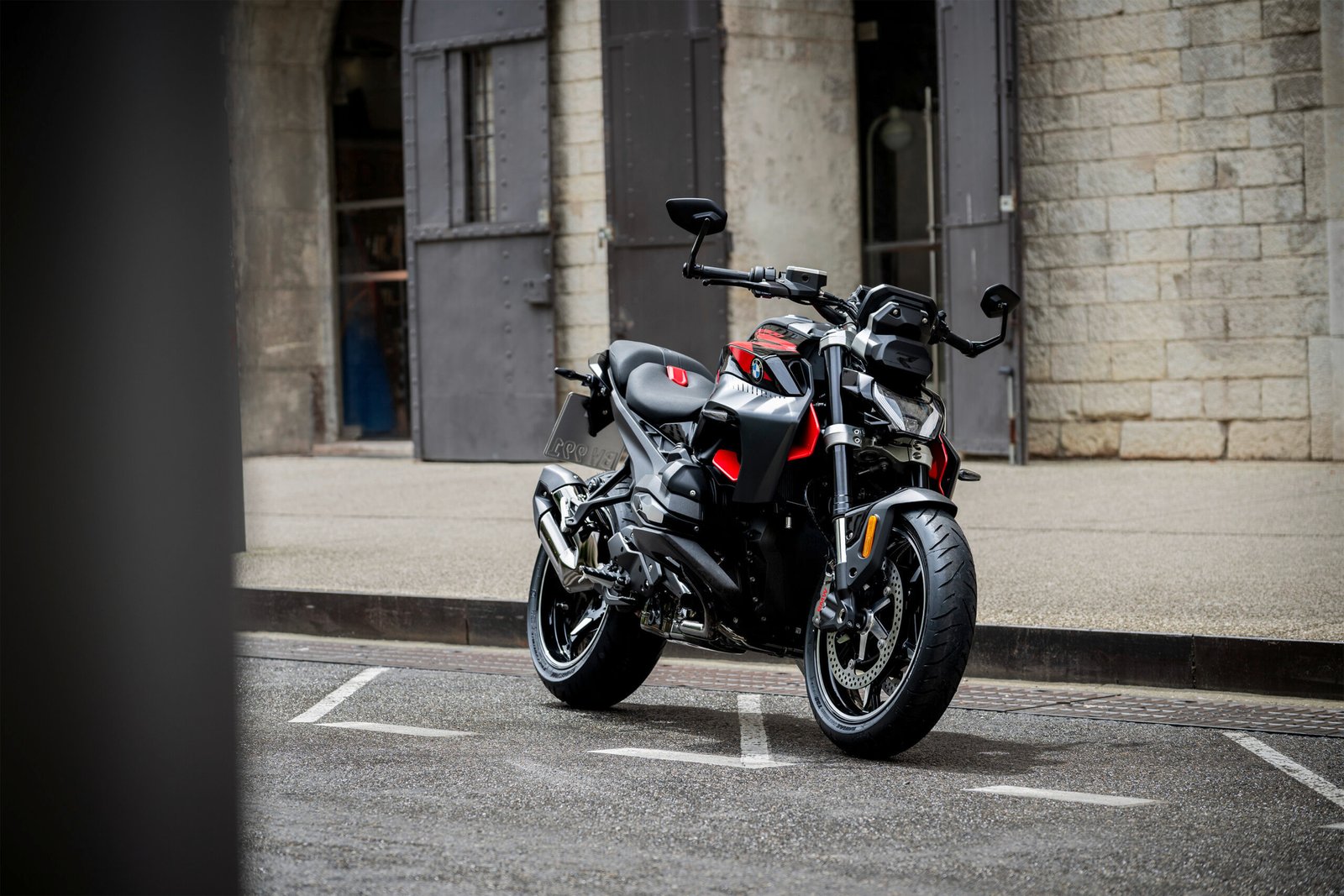
Before we hit the road, I spent time just looking at them. The RT is one of those bikes that’s so confidently itself that it feels almost defiant. I joked with a colleague that it’s the “UNC” of the lineup, the older relative who somehow still has the best taste and the nicest shoes. Its style isn’t chasing trends. It’s just so functional that it loops back to being cool again.
The RS, in contrast, feels like the middle child that ended up good-looking by accident. There’s something unbothered about it, the way it carries performance without needing to shout. The R is the wild one, the naked twin that reminds you why simplicity still matters. Standing there, the three bikes almost felt like archetypes. I hadn’t turned a wheel yet, but the personalities were already clear.

